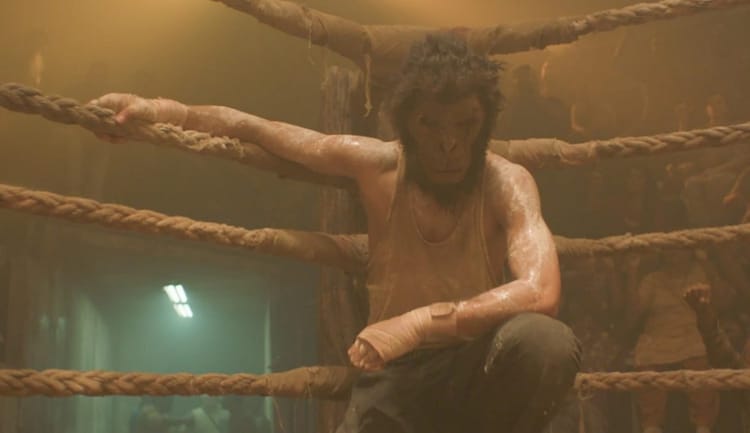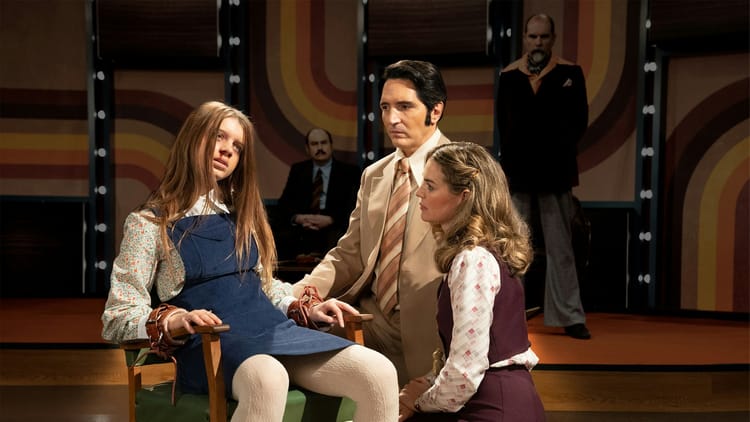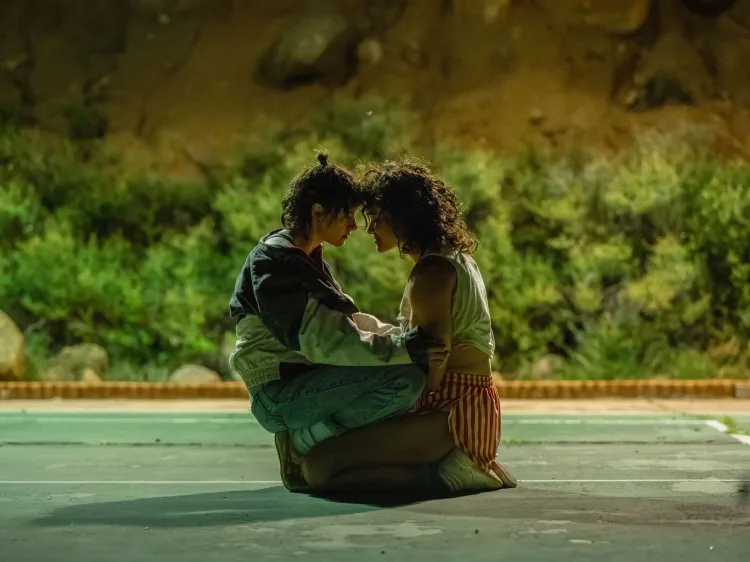Portrait of a Lady on Fire
No art is objective. Every film tells something of its director, every novel demands something from its writer. And every painting comes not from its subject, but its painter. When we look at a portrait, we do not see the person in its frame; we see the painter’s perspective. We do not see the truth, but a truth, a possible truth, a personal truth. And no matter how much we glare at the painting and try to burn through its canvas with our gaze, that is all we will get.
In Céline Sciamma’s Portrait of a Lady on Fire, we are asked to look through both sides of the frame, at the painter and the painted. Sciamma examines this question with restraint, like deliberate and intentional strokes on a canvas. The movie is almost entirely without any soundtrack, such that when we do hear music, we are completely transported. Silence is critical in this movie that says so much with very little. There is a bluntness and directness to the dialogue, what another writer would have said in a paragraph is said in only a few words. We fill the gaps in our own heads, seeing the people onscreen for the complicated and conflicted people they are. This sparseness is only possible because of the utterly human performances from the film’s two leads.
Noémie Merlant as Marianne and Adèle Haenel as Héloïse are in absolute control, every twitch is a symbol, every stare smolders. Their repressed countenances belie the deep well of emotion both characters are trying to suppress. Until eventually, the overpowering chemistry between them seizes the viewer so completely, that you cannot help but burn with them.
Obviously, fire has an important role in this film. But to Sciamma, fire is not just a symbol, it is an opportunity to add a visual layer to every scene it is in. A flickering candle is intimate, bringing us in close to its small flame, a blazing bonfire surges, passionate and fierce. Light becomes another character in the film, providing warmth while also reminding us of its fleeting nature. What was once lit will be gone in a moment and leave the painter in the dark.
In the film's final moments, we only see Héloïse's face as she listens to the orchestra. It is a single focused shot, just of Héloïse's face, as she listens and responds to the music. And for just a second, we forget we are watching a film. We instead watch a portrait unfold in front of us, a portrait that captures an entire history, the completeness of a love. Her eyes begin to water, she smiles swiftly, and wipes the moisture away. Without a flashback or a montage, Sciamma leads us through the entire film again just in Héloïse's eyes. And in those eyes, we witness an entire arc, as a fire is lit, it grows, and it fades. But it never quite dies.




